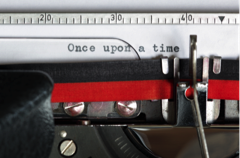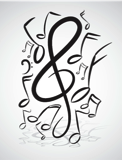Biography

He was five.
The family, which now included younger sisters Jeannette Magnijio and Celestine Nguenssi, moved to Bafou when Emile’s father retired from the army. Emile was able to attend school full time at the Ecole Principale Groupe 2. He participated in karate, acrobatics, and boxing. He also had a Juju band and a percussion band, which earned Emile some money and made him popular around town. His friends included Towo Marcel, Kouam Martin, Kemedjo Bonaventure, Fopa Moise, Timini Maurice, Timoleon, and Jean Noel de Jeuk.
After six years, Emile attended Grand College de la Menoua but quickly transferred to Centre de Jeunesse de New Bell in Douala to study electrical engineering. He passed the exam to enroll in the prestigious College de la Salle de Douala one year later. It was at this 4-year Canadian missionary college that Emile first studied music seriously. Thanks to Brother Auguste, Emile had the chance to touch all kinds of instruments after years of watching and listening to musicians from the windows of bars. He was determined to become a famous musician himself one day.

When it’s in the blood, it’s in the blood.
Emile started listening to Manu Dibango and King Curtis while attending College de la Salle. That's also when he met his future collaborator Eugene Victor Dooh Belly, better known to Zangalewa fans as Guy Dooh or "Big Bèlè." In 1976, Emile and the orchestra were featured on the front page of the Cameroon Tribune playing Manu Dibango’s Mbolo Mbolo at Stade Akwa in Douala. After graduation, Emile played alto sax with Gustave Yowa at the Masion du Combattant along with his friends Mistic Djim and Mbougnem Emma. Fans came from all around the city to see them. It was here that Emile met his other key collaborator, a drummer and gendarme named Jean-Paul Zé Bella.
A few months later Emile and his friends Mistic and Emma travelled abroad to gain experience. His adventures included a car ride with $50 in his pocket from Yaounde north to Ngaoundere and Garoua, across into Nigeria, and then southwest to Lagos by way of Mubi, Jos, and Kaduna. He soon after rushed by car to Satel Studio in Benin, only to find that it was closed due to a nation-wide state of emergency. He continued west, first to Togo, then to Ghana. Emile wanted to learn African jazz, and he played in several local bands in Ghana until he fell ill and was forced to return to Lagos. Out of money, a Nigerian friend he knew from Cameroon bought Emile a ticket back to Douala.

Emile had other ideas. Based on his father’s experience, he was not keen to pursue a military career. But the soldiers convinced him that he wouldn't face combat, and within a month Emile, Dooh, and other friends from across the country were among 30 young men who found themselves in Yaounde for induction.
(To be continued...)